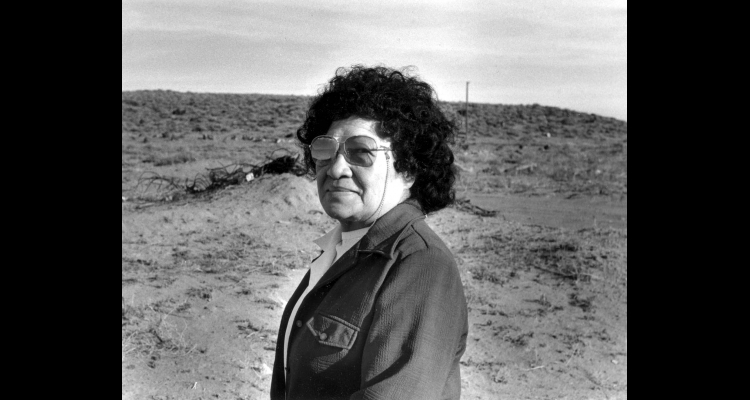Albina Redner: An Oral History
Albina Redner: A Shoshone Life
Interviewee: Albina Redner
Interviewed: 1989-1990
Published: 1990
Interviewer: Helen Blue
UNOHP Catalog #153
Albina Redner is a Shoshone Indian from central Nevada. Mrs. Redner’s mother, grandfather, and uncles were Indian healers, and in this oral history she describes many of their practices and ceremonies. Her grandfather, “Bronco Jim,” was an influential Shoshone leader and was a contemporary of Chief Toi-Toi, who was leader to four hundred Newe [“the people” in Shoshone]. Both Toi-Toi and Bronco Jim were pivotal figures during the treaty era when reservations were set aside for Nevada Indians. Mrs. Redner recalls the stories of wisdom that Bronco Jim passed on to her and her brothers. She also recounts what it was like to live off the land as a child, hunting, trapping, and foraging for their daily meals. She describes several typical Shoshone foods, such as yomba, a carrot-like root; sego lily bulbs; sippe, ground squirrels; wild onion grass; tules; pinenuts; rabbits; prairie dogs, and many others.
In the mid-1930s, Mrs. Redner was sent to Stewart Indian School by her concerned uncles, when they thought she needed a more permanent place to live. There, she saw her first swimming pool and green grass. However, the vocational education did not appeal to her, and she found that she needed more challenge. She enrolled at Carson City High School, where she graduated in 1944. While attending Carson High, Mrs. Redner lived in Governor Edward P. Carville’s mansion and worked as a maid. Carville owned a ranch in Elko and had learned to speak fluent Shoshone from his ranch hands, much to Mrs. Redner’s surprise and delight. She recalls a time when she was reluctant to go into a restaurant to eat with the governor and his chauffeur, as Indians were not allowed. Governor Carville told her that she was as good as any white person, and this ultimately fueled her determination to make her own way through life without relying on others, and without losing her Indian ways.
Through the years, Mrs. Redner recognized that her mother’s healing abilities had been passed on to her, and upon graduating from high school, she enlisted in the Army Medical Corps during World War II. Before the war ended, she married a Chilula Indian from California, and had ten children. A contemporary “Indian doctor,” she worked for many subsequent years in hospitals and nursing homes, where she says she learned from the elderly. Mrs. Redner’s oral history is the first interview to be conducted with a Shoshone Indian, and is part of the Oral History Program’s ongoing effort to expand its collection on Great Basin Indians.
This introduction and oral history is reprinted with permission from the University of Nevada Oral History Archive, Special Collections and University Archives, University of Nevada, Reno.
Article Locations
Related Articles
None at this time.
Further Reading
None at this time.

